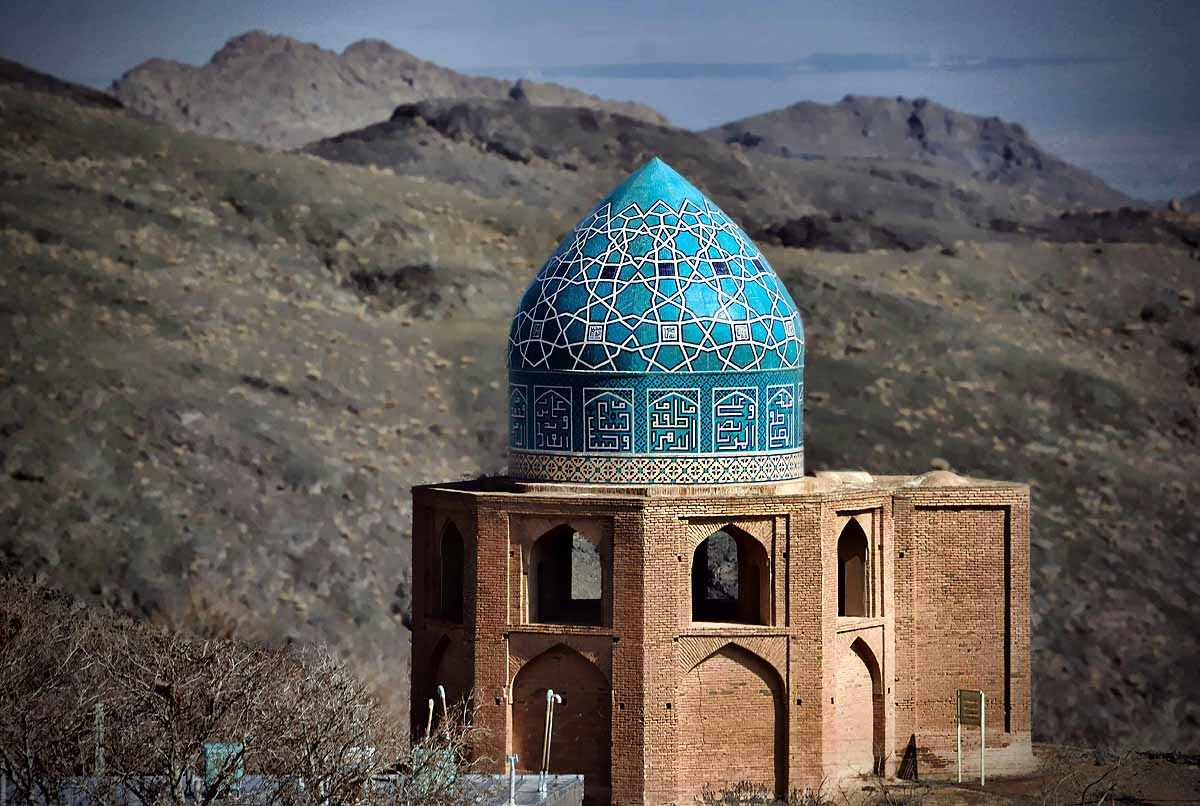Recent developments surrounding Iran's Natanz nuclear facility have become a pivotal issue in Middle Eastern geopolitics. In recent years, Israel has repeatedly targeted Natanz, which it perceives as the epicenter of Iran’s nuclear weapons ambitions. These calculated strikes highlight the geopolitical chess game between Israel and Iran.
Natanz is often compared to "Kirana Hills," a site near Pakistan's Sargodha Airbase believed to store nuclear weapons. During Operation Sindhura, India's military targeted this Pakistani location. Let's delve into the situation at Natanz, Israel’s strikes, and the comparative analysis of Iran and Pakistan's nuclear programs.

Source: aajtak
What Makes Natanz So Critical?
Natanz is a prime nuclear facility in Iran's Isfahan province, central to the nation’s uranium enrichment program. The setup is divided into major sections, each playing a crucial role...
Fuel Enrichment Plant (FEP):
This underground facility boasts a capacity to house around 50,000 centrifuges, currently operating approximately 14,000, with 11,000 active, enriching uranium up to 5% purity.
Pilot Fuel Enrichment Plant (PFEP):
Above ground, this setup comprises a few hundred centrifuges, enriching uranium up to 60% purity, tantalizingly close to the 90% required for weaponization.
Globally recognized as the "heartbeat" of Iran's nuclear activities, Natanz has enabled Iran to accumulate significant enriched uranium, raising concerns over potential quick development of nuclear weapons. According to the International Atomic Energy Agency, Iran's stockpile indicates the capability to produce nuclear arms within weeks.
Is Natanz Iran’s "Kirana Hill"?

Source: aajtak
No official site within Iran’s nuclear domain is referred to as "Kirana Hill"; the term merely highlights strategic parallels with Pakistan’s nuclear storage. Geographically, Natanz's location near the Zagros Mountains serves its underground infrastructure, protecting against aerial assaults, reminiscent of Pakistan's Kahuta facility, historically dubbed "Kirana Hill" while advancing its nuclear program in the 1980s.
Israel's Strikes on Natanz
Seeing Iran’s nuclear pursuits as an existential threat, Israel has persistently targeted Natanz...
2010 Cyber Attack:
Israel, in collaboration with the US, deployed the “Stuxnet” cyber virus, crippling Natanz’s centrifuges, setting back Iran’s nuclear endeavors by 18 months to two years.
2020 Fire and Explosions:
Natanz experienced a mysterious fire, attributed by Iran to Israeli aggression, which damaged centrifuge production capabilities.
2021 Blackout:
Another assault disrupted Natanz’s power supply, labeled "nuclear terrorism" by Iran, severely impairing centrifuge operations and delaying enrichment programs.
2024 and 2025 Attacks:
In April 2024, Israel targeted nearby air defense systems, followed by a direct assault on Natanz in June 2025, advocating these actions as "preemptive strikes." Numerous high-ranking officers of the Islamic Revolutionary Guard Corps, including the Commander-in-Chief, were casualties.
The crux of these operations is to debilitate Iran’s nuclear project, preventing weaponization. However, experts assert that Natanz’s fortified underground structure, alongside Iran’s technological prowess, limits these attacks to causing only transient hindrance.
Iran and Pakistan’s Nuclear Program Comparison
Iranian and Pakistani nuclear ambitions boast similarities and differences, especially concerning technology and strategic intent...
Technical Parallels
Centrifuge Technology:
Instruments used in Iran’s Natanz (IR-1) mirror those at Pakistan's Kahuta, designed by Pakistan's nuclear scientist Abdul Qadeer Khan, who shared this technology with Iran in the 1970s.
Enrichment Capacity:
With approximately 11,000 centrifuges, Pakistan can enrich sufficient uranium annually to craft 6-10 nuclear bombs. Conversely, Iran, with 14,000 centrifuges, enriches uranium to 60% purity, nearing weapon-grade 90% requirements.
Covert Development:
Both nations have clandestinely advanced their nuclear programs. While Natanz and Fordow were revealed in 2002 and 2009, Pakistan's Kahuta surfaced during the 1980s.
Objectives and Policies
Iran:
Iran professes its nuclear agenda serves peaceful purposes, primarily energy production and medical research. Yet, IAEA and Western nations suspect an underlying motive toward nuclear arms.
Pakistan:
Explicitly developed for defense against India, Pakistan’s nuclear arsenal, currently estimated at 165 weapons, reflects its doctrinal necessity.
International Response:
Pakistan has garnered occasional US leniency toward its nuclear stockpile, complemented by Cold War dynamics. Conversely, Iran faces stringent international restrictions, overt resistance from Israel and the US.
Security Measures
Iran:
Facilities like Natanz and Fordow are designed subterranean to thwart aerial attacks. Despite such design, Israeli strikes demonstrate these sites' vulnerabilities.
Pakistan:
While Kahuta enjoys fortified security, it hasn’t encountered direct threats akin to those from Israel.
Recent Developments
Iran:
By June 2025, IAEA reports Iran's breach of the Joint Comprehensive Plan of Action (JCPOA), possessing uranium adequate for ten nuclear weapons.
Pakistan:
Continual augmentation sees Pakistan maintain 165 nuclear weapons.
Iran-Israel: The Epicenter of Tension
The core of discord between Iran and Israel remains Iran's nuclear program. Israel views potential Iranian nuclear arms as an existential threat. Meanwhile, Iran asserts the peaceful nature of its pursuits and vows retaliation to Israeli aggression.
Israel’s extensive attack on Natanz in 2025 inflicted temporary damage on Iran’s nuclear agenda, taking the lives of several senior Iranian figures. Nonetheless, experts affirm that Iran’s entrenched technical expertise and scattered facilities render the nuclear program's complete cessation arduous.
Natanz undeniably embodies a crucial element of Iran’s nuclear drive, and likening it to "Kirana Hill" underscores its strategic and symbolic heft. Despite Israel's relentless campaign, Iran’s nuclear progression remains incomplete but undeterred.
Iran and Pakistan’s nuclear timelines converge on technological fronts, yet their intentions and international roles diverge. As Pakistan's nuclear arsenal stands realized, Iran teeters on the "threshold," nearly capable of weaponization.
Future tensions between Iran and Israel might escalate, particularly if Iran accelerates its nuclear ambitions. Amidst this geopolitical storm, the international community, notably the US and IAEA, vigilantly monitors the evolving scenario, but a permanent resolution appears distant.




